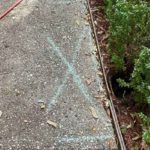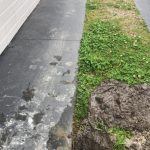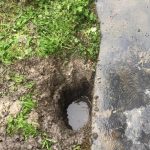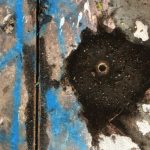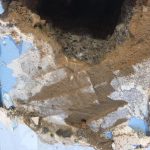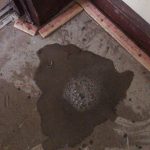Concrete under slab water leak detection services
Construction and infrastructure formation is some of the complex jobs in the modern era of architecture. Modern houses and structures are modernized by hiding the electric wires and plumbing pipes to protect them from the environment and complete the house aesthetics. The most common problem that can arise from such integration of cables and pipes are leaks. Water leaks and pipe burst is one of the most common issues. With the modernization of the house construction, it has become necessary for the people to have a basic knowledge of how the appliances work and how the infrastructure is integrated with the electric and water supply.
For a common person who owns a house, plumbing problems can be a big issue as plumbing pipes are not visible to the naked eye. The modern houses’ normal infrastructure does not provide easy plumbing solutions as the pipes and electrical wires are embedded deep into the layers of structure materials. Water leak problems can arise even with the smallest of the leaks or rusting of pipes beneath the wall’s surface, which can be sometimes worrisome. The issue is quite complicated if one doesn’t have a precise knowledge of the problem. There are a few shortcuts and tricks that might help you detect and deal with the plumbing problems arising at your building.
Google Reviews
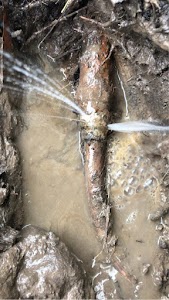
Concrete under slab water leak detection is crucial for maintaining the integrity of your home’s infrastructure. There are several signs and techniques to identify potential leaks and prevent significant damage.
1. Wet Spots on the Floor:
Wet spots on your floor are an early indicator of water leakage from plumbing pipes. These spots can be easily identified through routine observation. Detecting wet spots at an early stage can save you both effort and repair costs. The concrete under the slab is vulnerable to gradual water seepage, making it essential to efficiently detect leaks before they cause substantial damage.
2. Warmth on the Floor:
Another clue to potential leaks is the presence of warm spots on your floor. Warm spots are often caused by leaks in hot water or air conditioning pipes. These spots can be felt underfoot and are indicative of water or steam leakage. Identifying these spots early can help you assess the extent of the leakage and potentially save you money on repairs.
3. Running Water or Low Water Pressure:
Sounds can be a valuable tool in detecting hidden leaks. The sound of running water or steam can pinpoint the location of a leak. By listening carefully and determining the source and duration of the sound, you can identify the problem area. This technique is especially useful in areas with complex plumbing and electrical systems, such as bathrooms and kitchens.
4. A Spike in the Water Bill:
Keep an eye on your water bills as they can provide insights into your water usage patterns. A sudden increase in your water bill, even when your water usage hasn’t changed significantly, could indicate a water leak. Elevated water bills are often a consequence of undetected leaks, which can lead to extensive damage to your home’s infrastructure.


